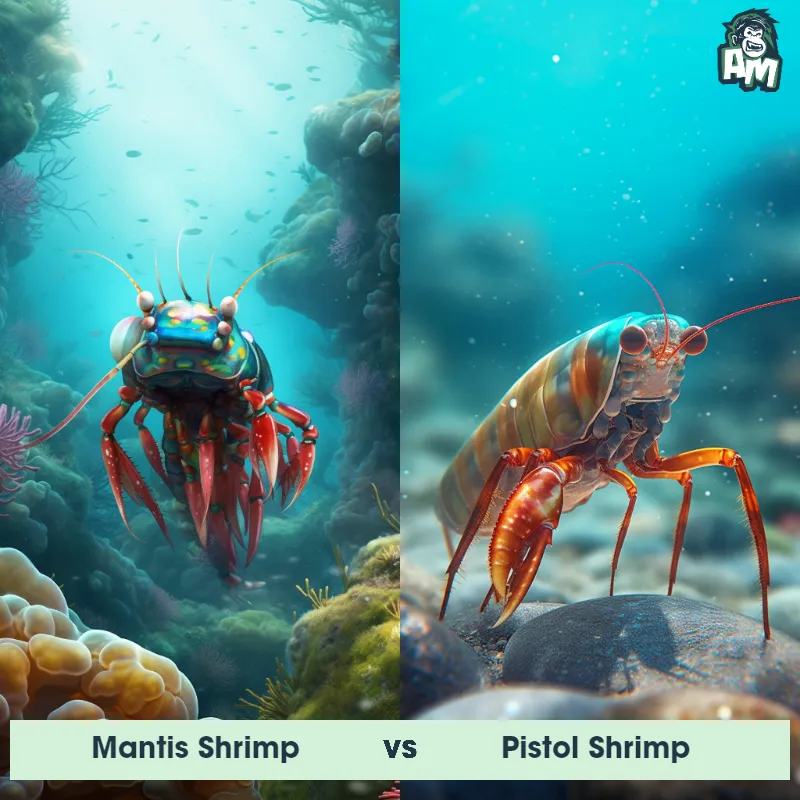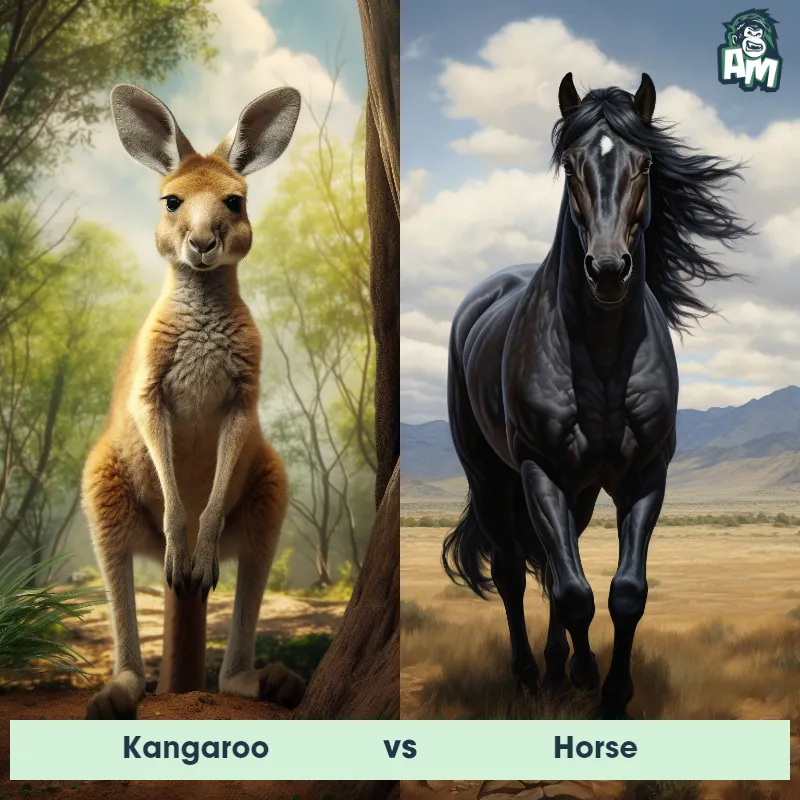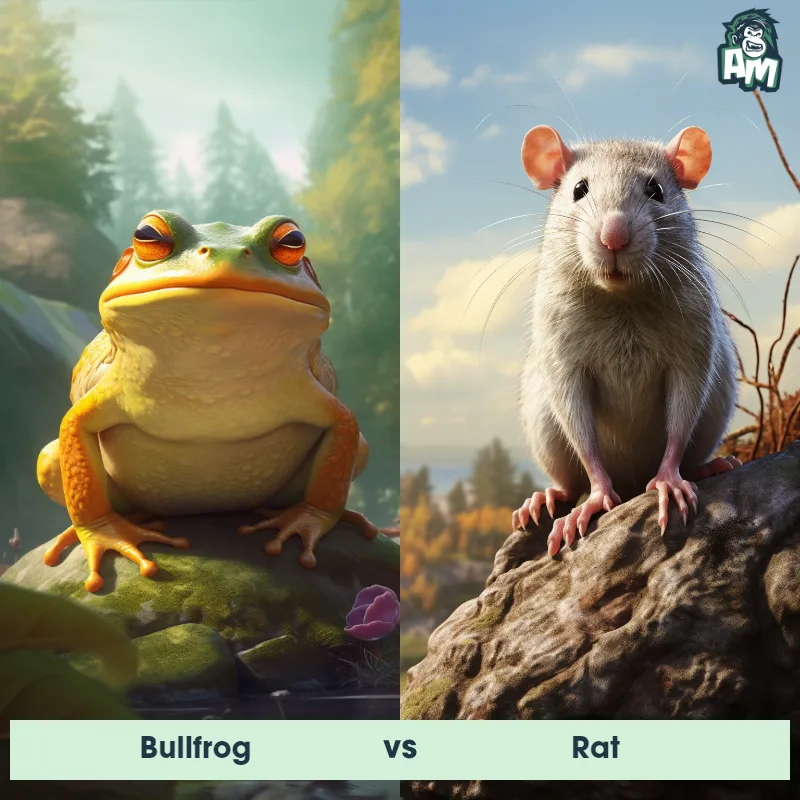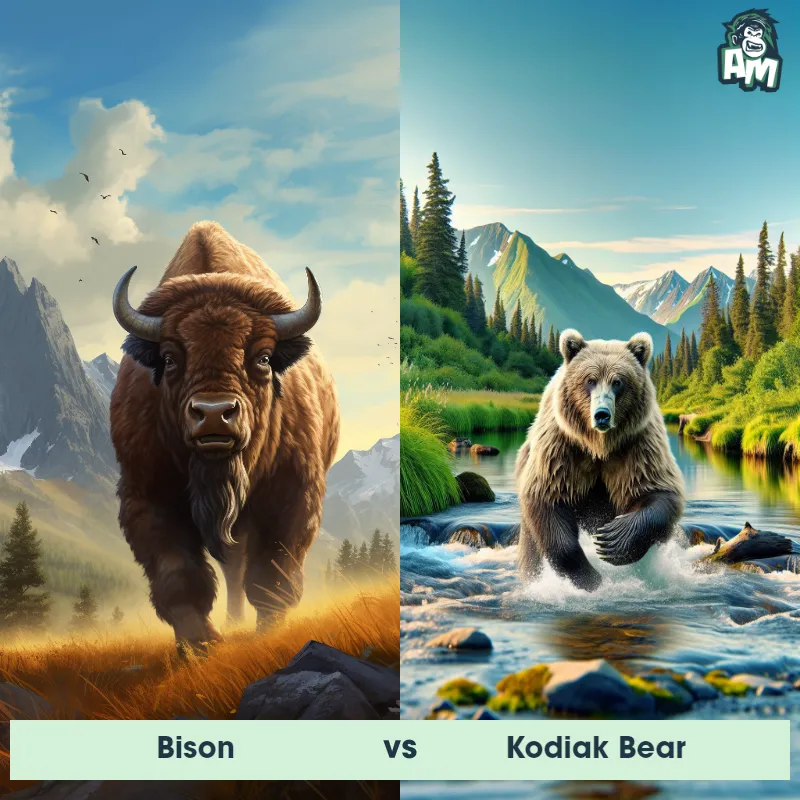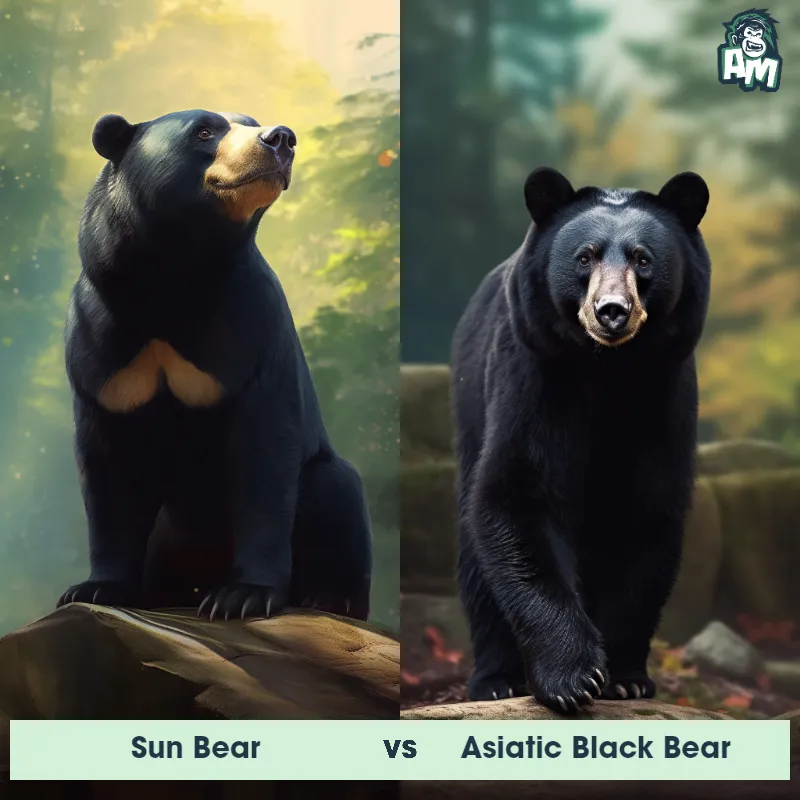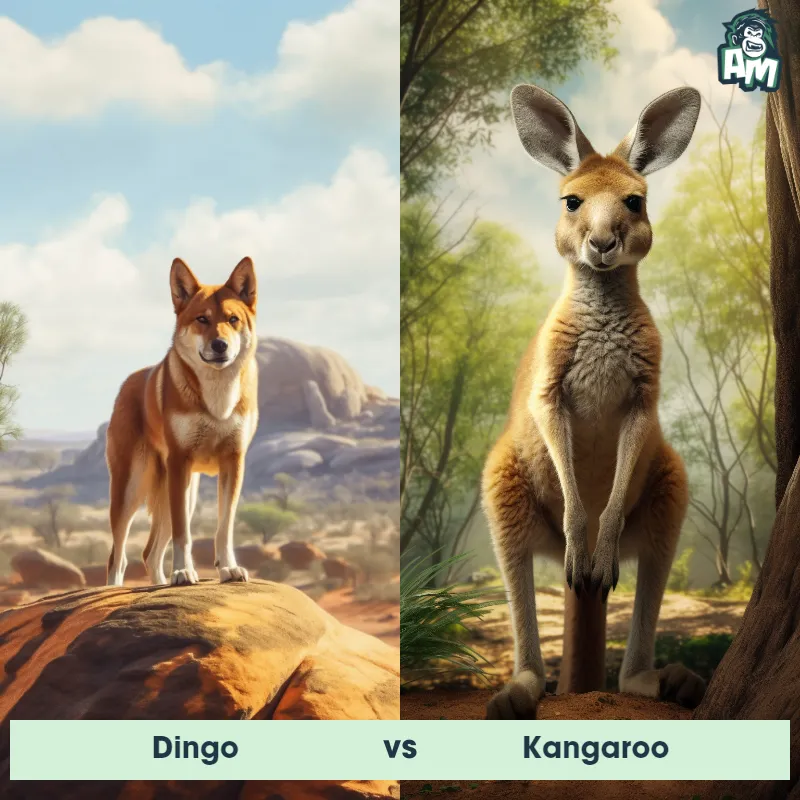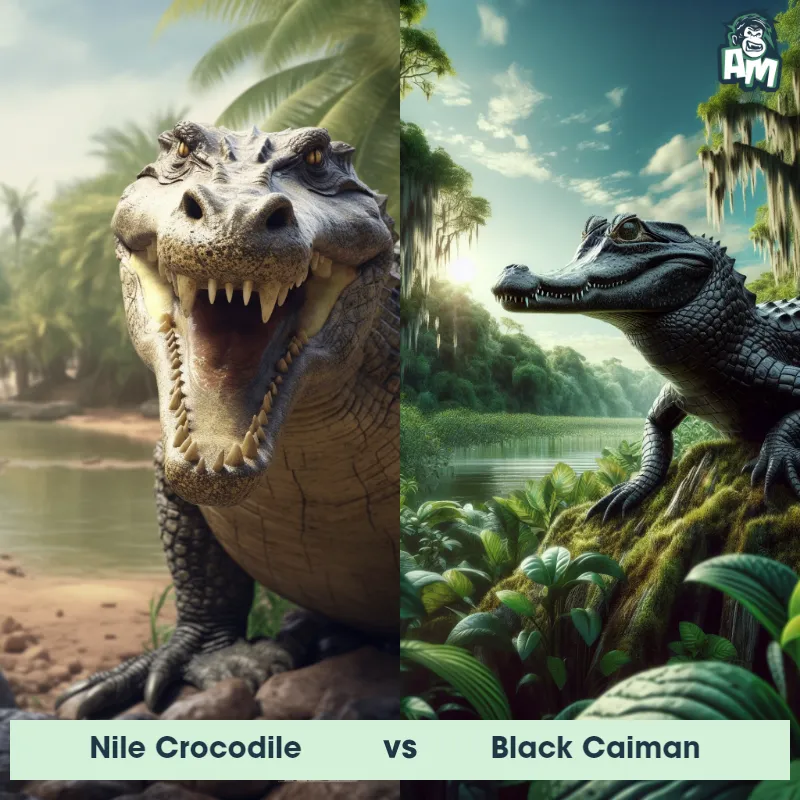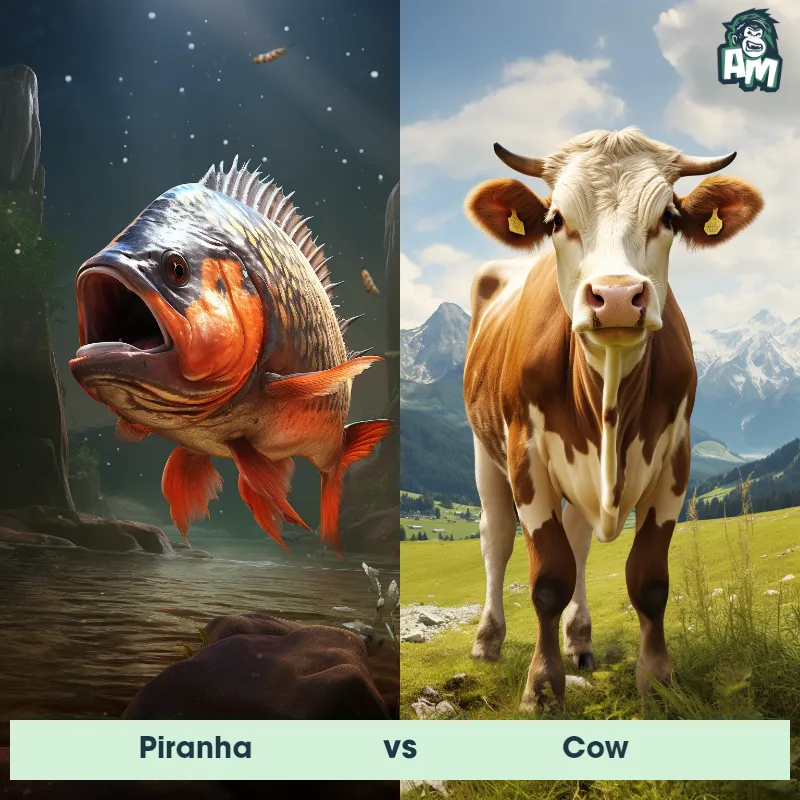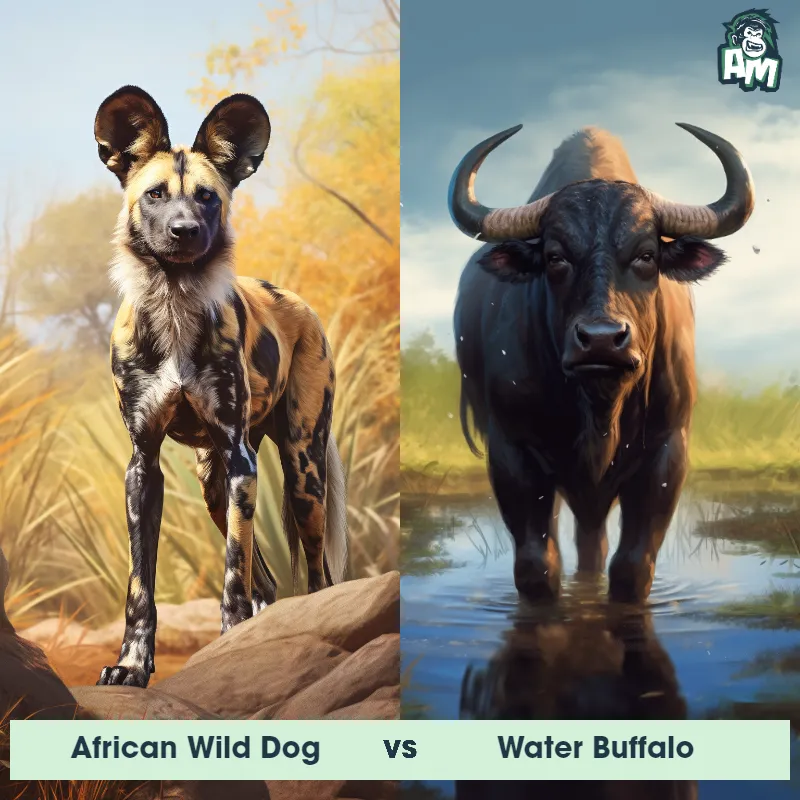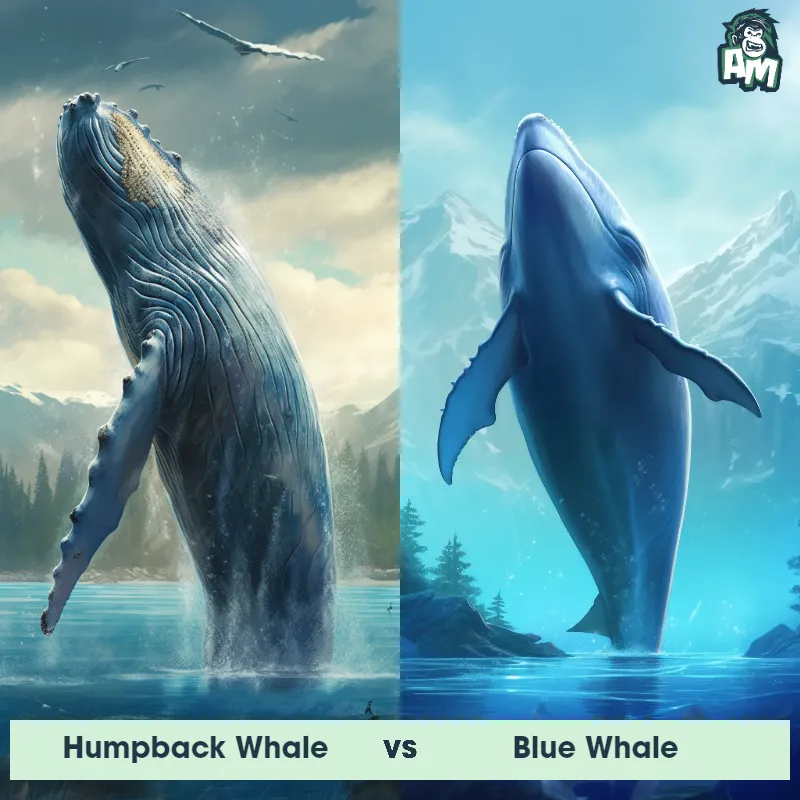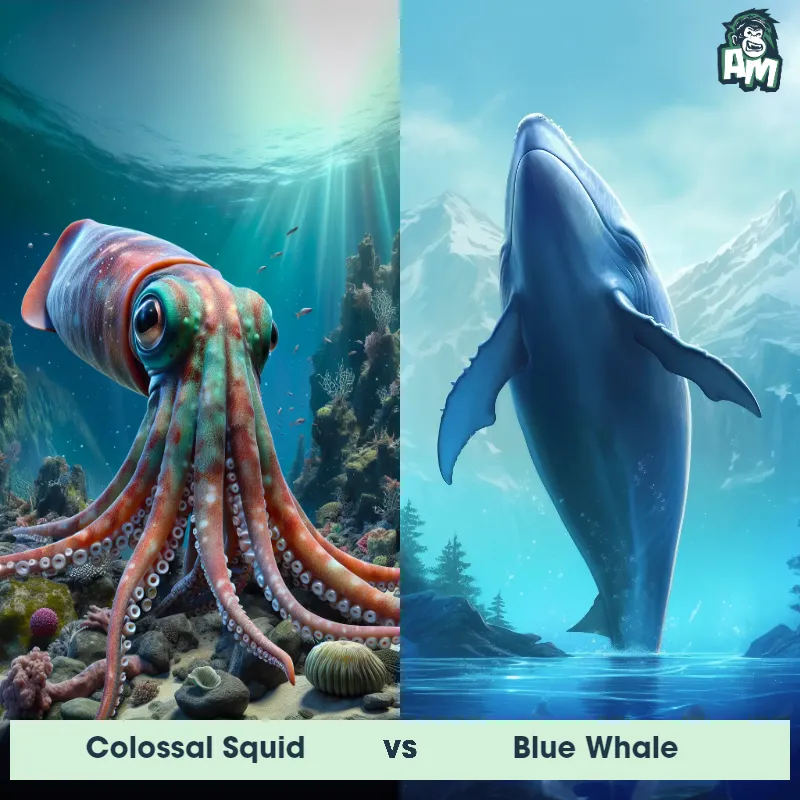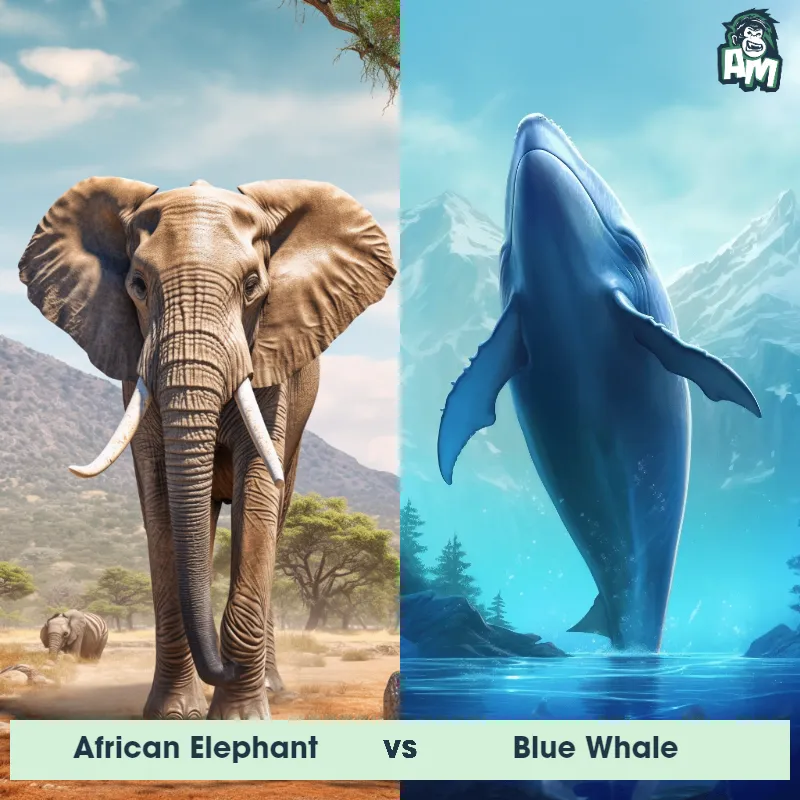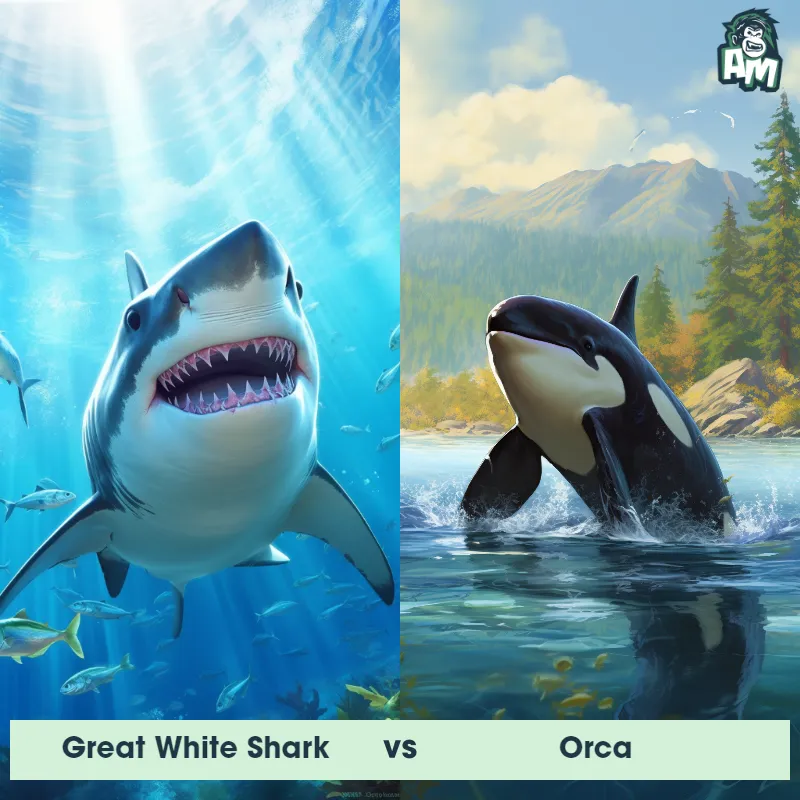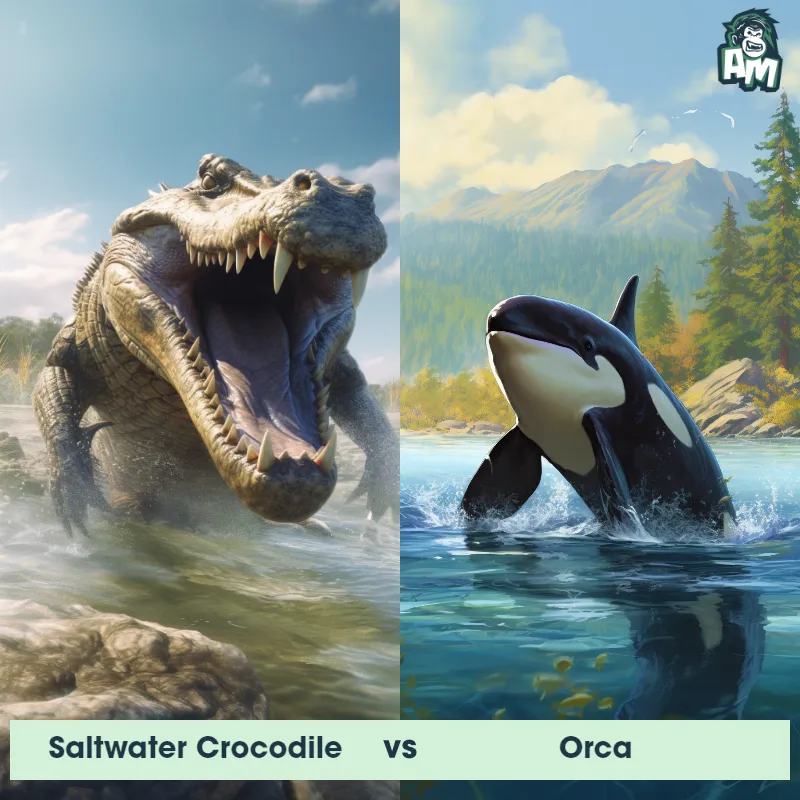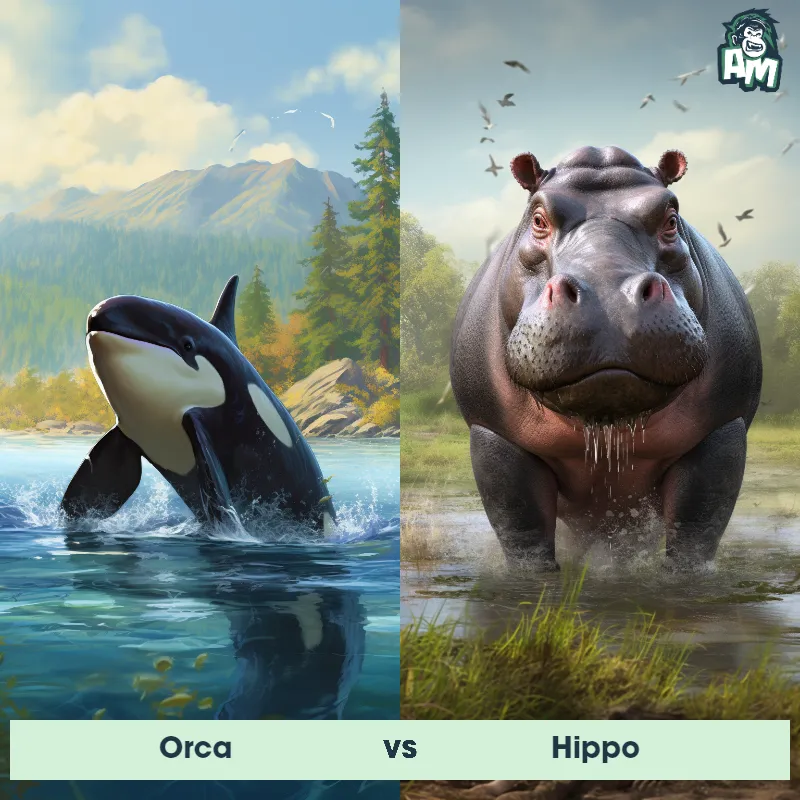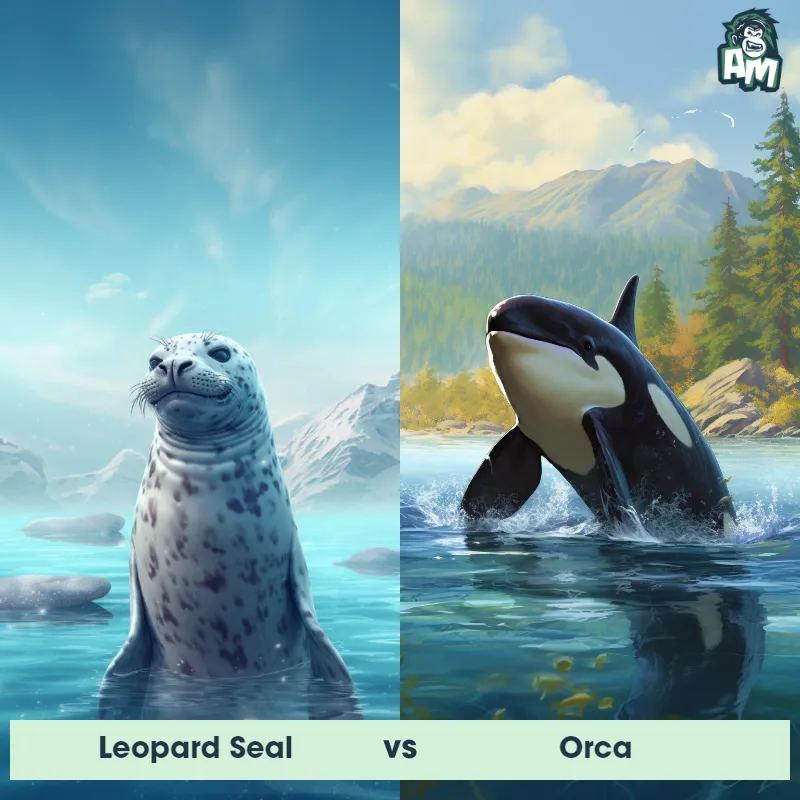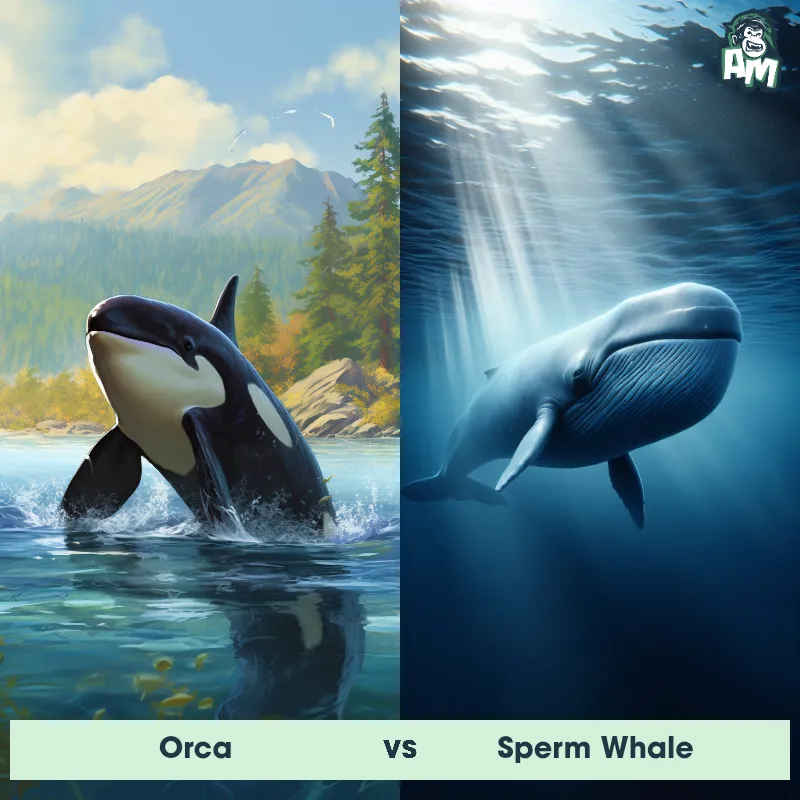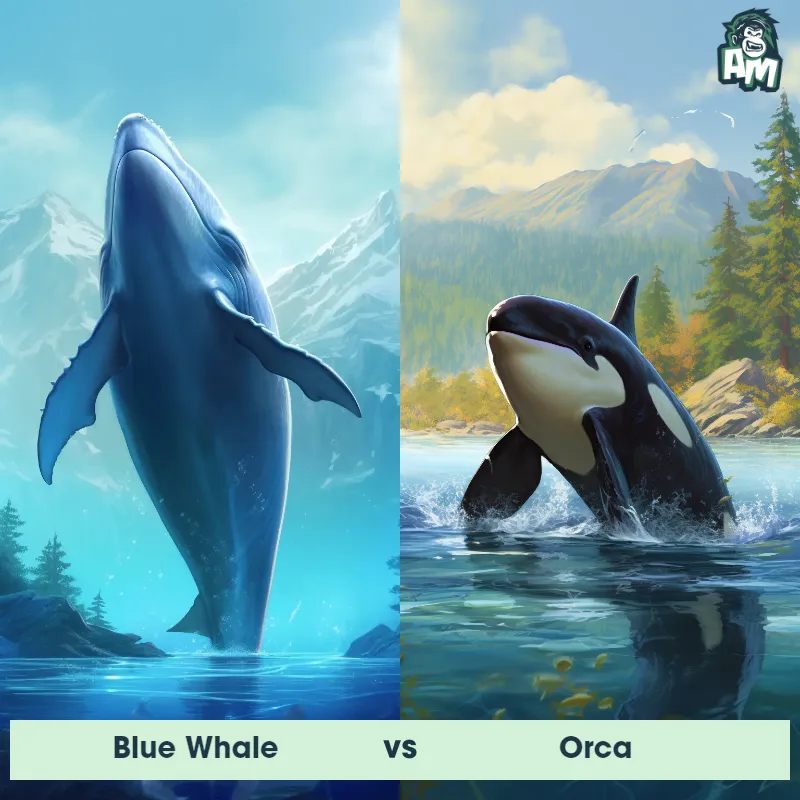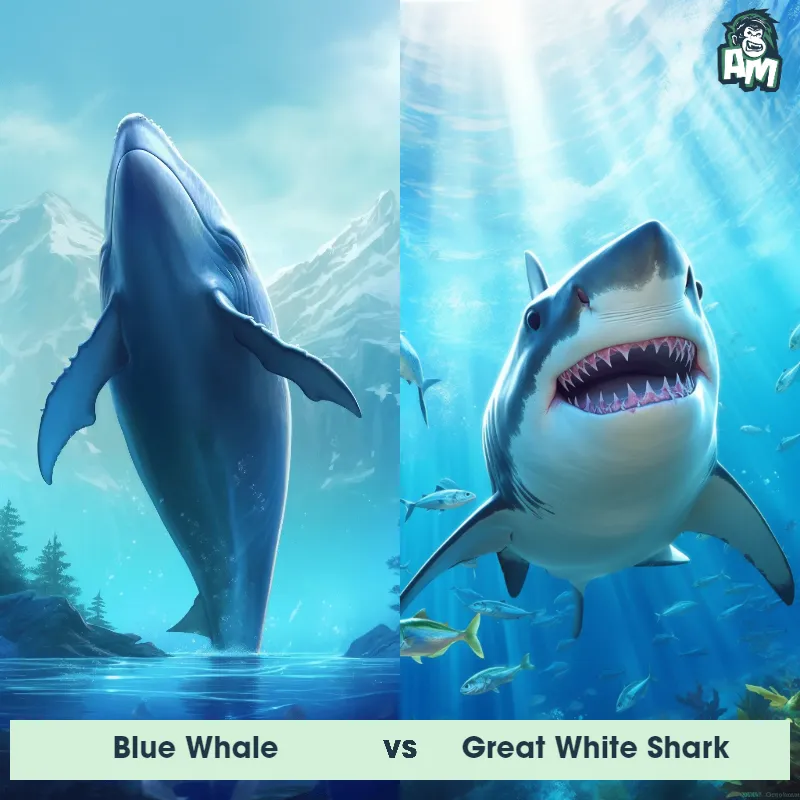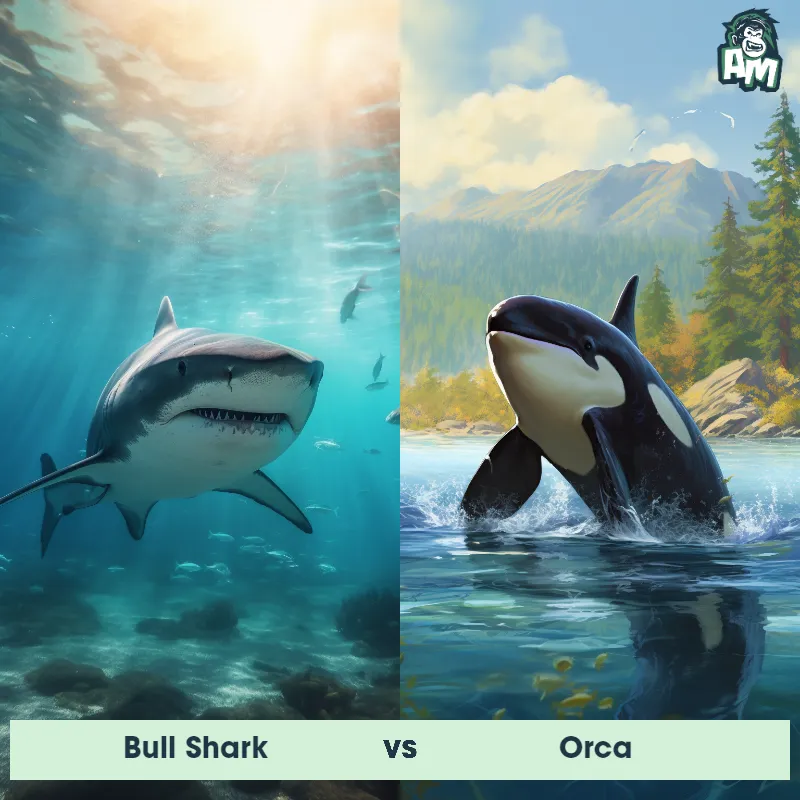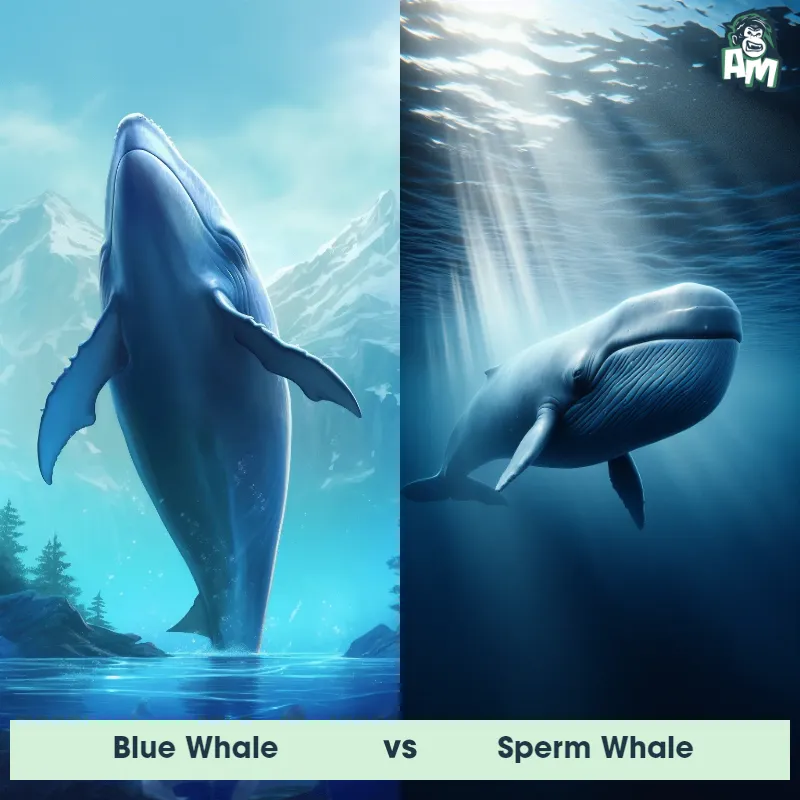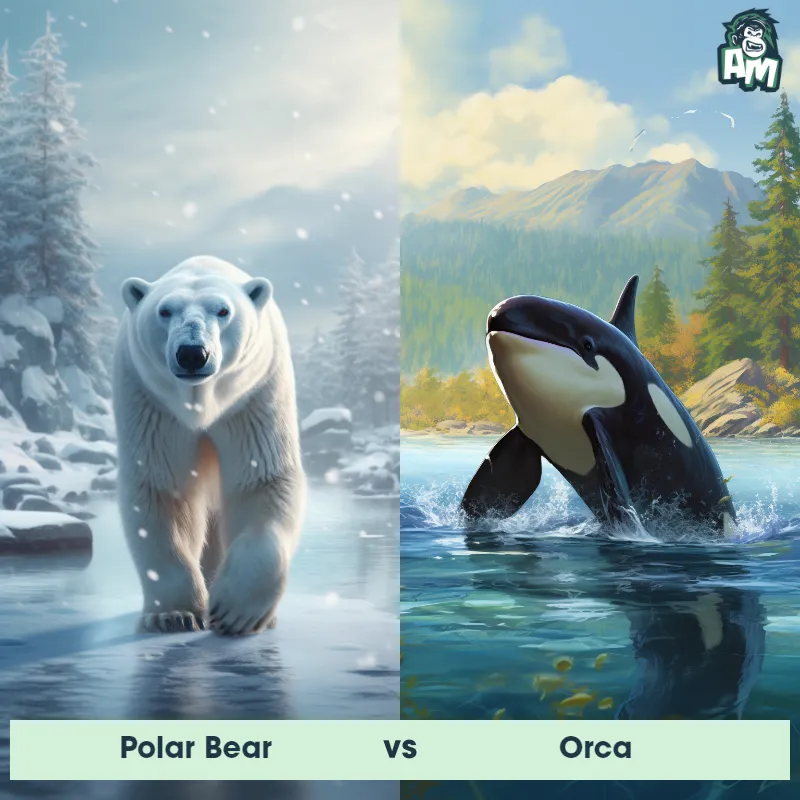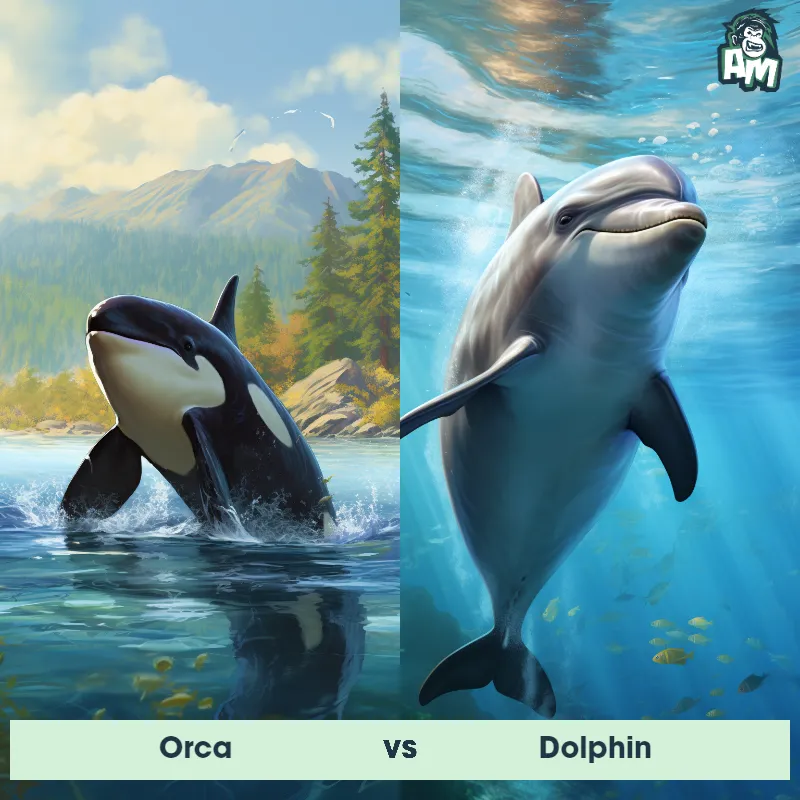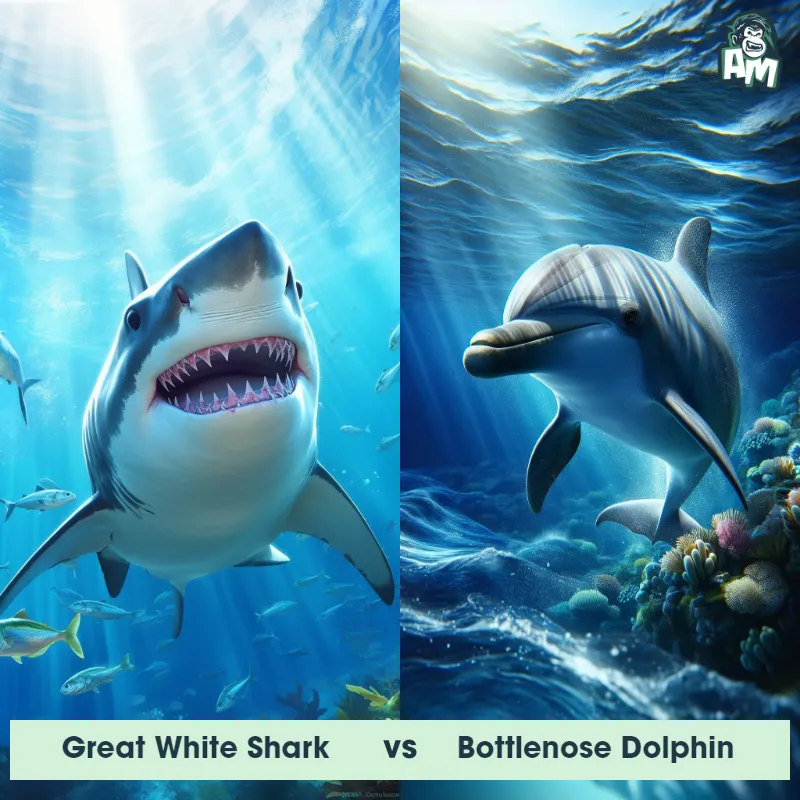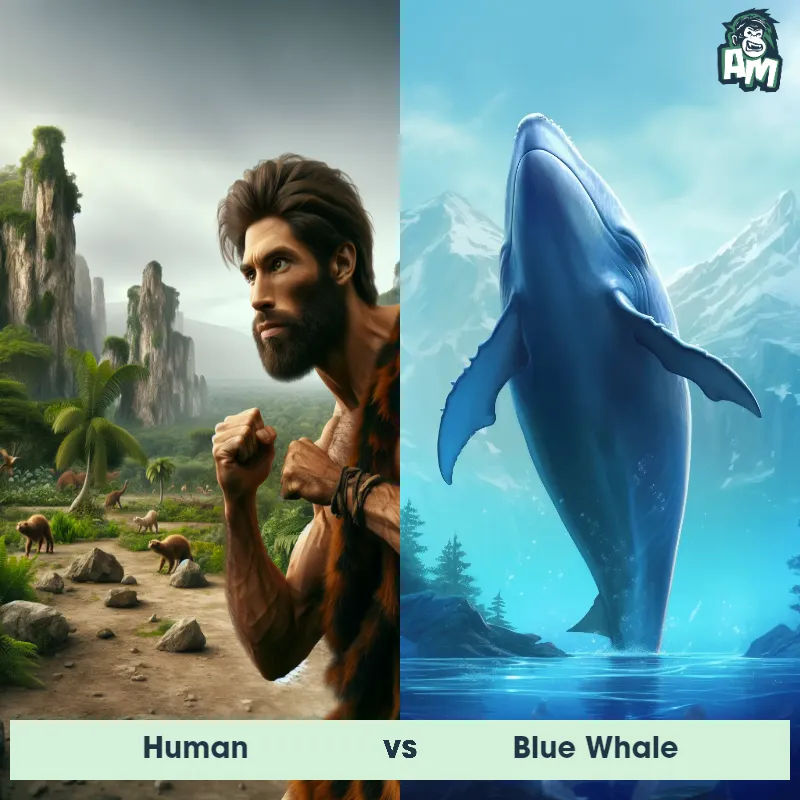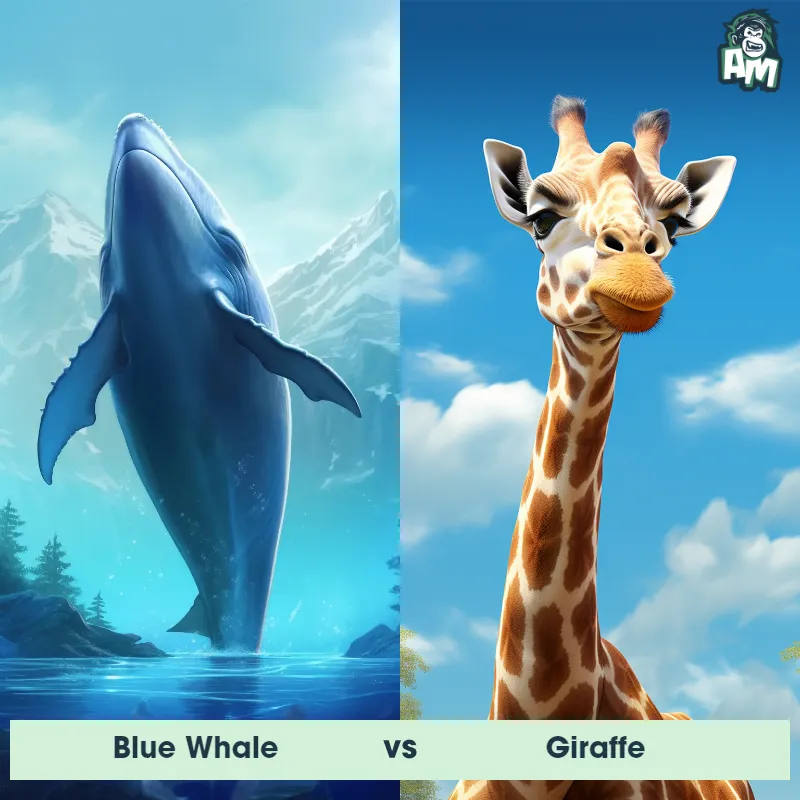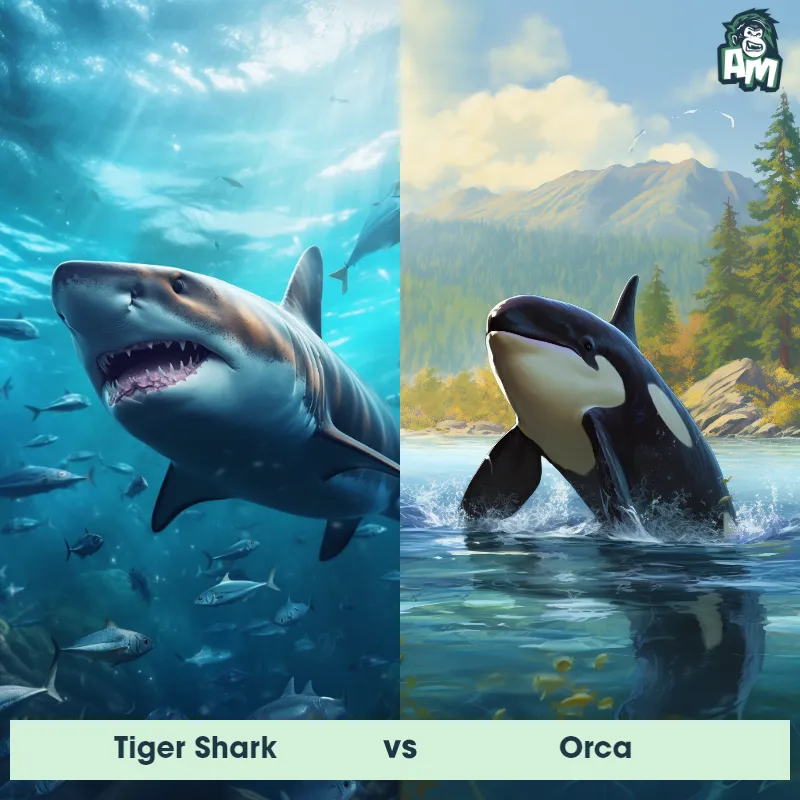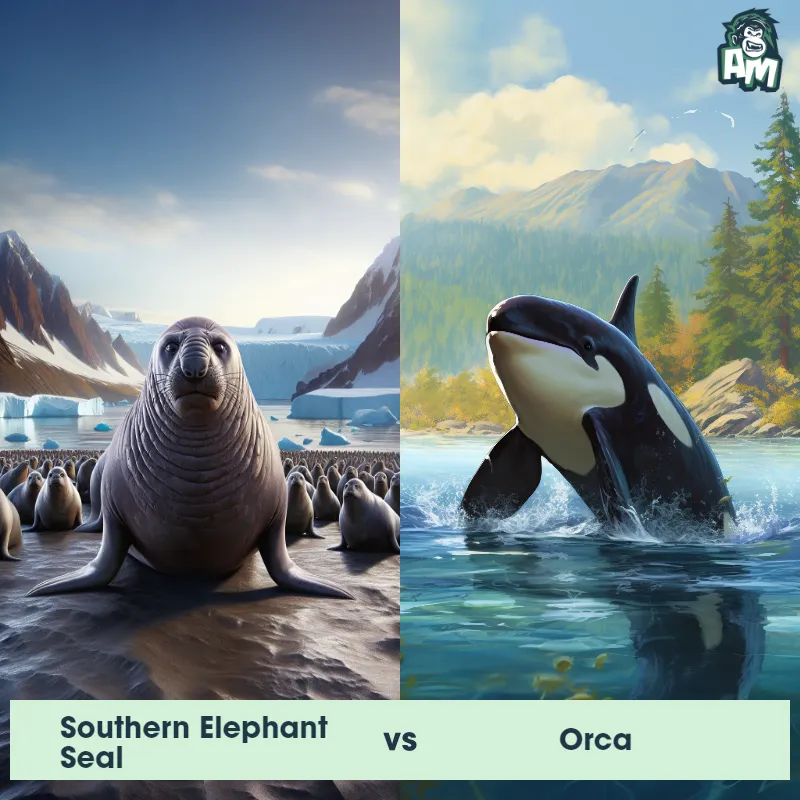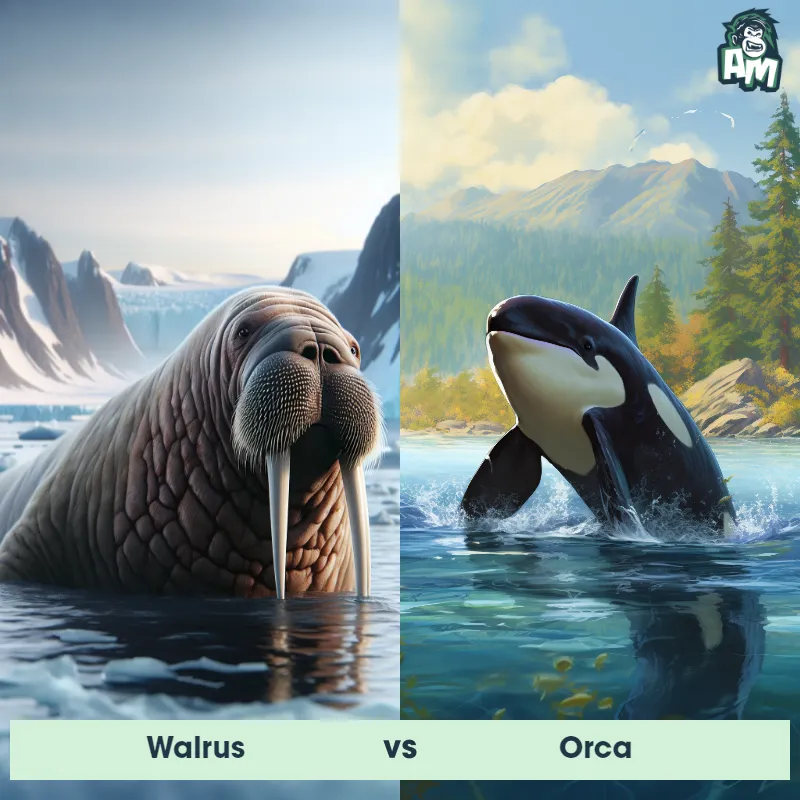Humpback Whale vs OrcaSee Who Wins

Ladies and gentlemen, welcome to another thrilling matchup here at this extraordinary arena. We have an incredible showdown tonight as we witness the strength and agility of two mighty marine creatures. In the blue corner, the Humpback Whale, renowned for its massive size and powerful tails. And in the red corner, the Orca, known for its intelligence and remarkable hunting abilities. It's going to be an epic encounter indeed!
Contender 1: Humpback Whale
The Humpback Whale, also known as Megaptera novaeangliae, is a large marine mammal that can grow up to 50 feet long and weigh up to 40 tons. They are known for their distinctive hump on their back and long pectoral fins that can reach up to one-third of their body length. Humpback Whales are known for their acrobatic displays, including breaching and tail slapping, and their complex songs that can last up to 20 minutes.
Fun Fact: Humpback Whales are known for their unique feeding technique called bubble net feeding, where a group of whales will blow bubbles in a circular pattern around a school of fish, trapping them in a concentrated area for easier feeding.
Contender 2: Orca
The Orca, or killer whale, is a toothed whale belonging to the oceanic dolphin family. Known for their distinctive black-and-white coloration, orcas are among the most powerful predators on Earth. Adult males can grow up to 26 feet long and weigh up to six tons. They have a large dorsal fin, which in males can reach up to 6 feet in height. Orcas are found in oceans all over the world but are most common in the Arctic and the Antarctic. Their diet is diverse, including fish, seals, and even other whales.
Fun Fact: Orcas have a complex social structure, living in tight-knit family groups known as pods, and they are known to exhibit behaviors such as teaching, learning, cooperation, and grieving.
Matchup Stats
| Humpback Whale | Orca | |
|---|---|---|
| Size | Up to 50 feet (15.2 meters) | Up to 26 feet long (7.9 meters) |
| Weight | Up to 40 tons (36 metric tons) | Up to 6 tons (5,443 kilograms) |
| Speed | Speed: 3-9 mph (4.8-14.5 km/hr) | 35mph (56km/h) |
| Key Strength | Powerful tail for swimming and breaching | Powerful predator with strong jaws and sharp teeth |
| Biggest Weakness | Vulnerable to hunting and entanglement in fishing gear | Limited mobility on land |
Current Votes
Humpback Whale vs Orca
See Who Wins
View More Matches
Looking For More?
Similar Matches
Scientific Stats
| Humpback Whale | Orca | |
|---|---|---|
| Scientific Name | Megaptera novaeangliae | Orcinus orca |
| Family | Balaenopteridae | Delphinidae |
| Habitat | Oceans | Oceans worldwide |
| Geography | Worldwide | Global, most common in Arctic and Antarctic |
| Diet | Krill, small fish, and plankton | Fish, seals, and other whales |
| Lifespan | 45 years - 100 years | 50 years - 80 years |
Key Differences between Humpback Whale and Orca
- Tail Fluke: Humpback whales have long, broad tail flukes that they often raise out of the water when diving, displaying unique patterns on the underside, while orcas have narrower, pointed flukes.
- Body Shape: Humpback whales have a rounder body shape with a large, pronounced hump in front of their dorsal fin, while orcas have a more streamlined, torpedo-shaped body.
- Dorsal Fin: Orcas possess a taller, more erect dorsal fin that can reach up to six feet in height, whereas humpback whales have a smaller dorsal fin that varies in shape and can feature unique markings.
- Behavior: Humpback whales are well-known for their acrobatic breaching, tail slapping, and flipper waving behavior, distinguishing them from the more stealthy hunting techniques of orcas, which are known for their group hunting strategies and intelligent hunting tactics.
- Coloration: Orcas have a striking black and white color pattern, with a distinct white eye patch, whereas humpback whales have a dark gray or blackish back, white or light underside, and distinctive white flippers.
- Size: Humpback whales are much larger than orcas, with adults reaching lengths of about 52–62 feet, while orcas measure around 20–26 feet.




